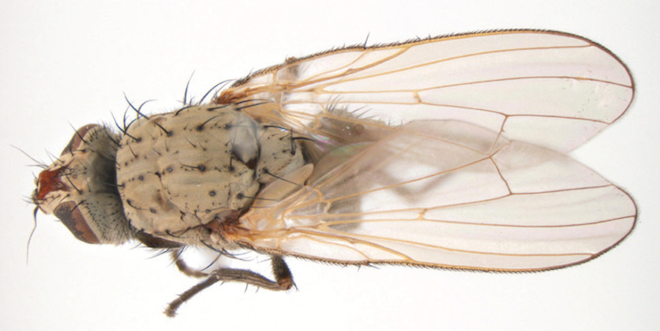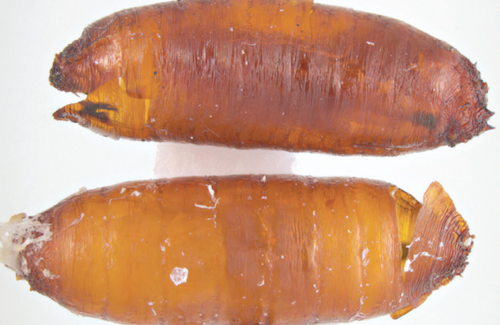

Dec 11, 2019California growers prepare for end of chlorpyrifos
California chlorpyrifos goes away in 2020, and officials and Extension agents say the state’s vegetable growers have a good start on finding replacement products.
Surendra Dara, an entomologist working in the University of California Cooperative Extension in St. Luis Obispo, said the ban would have little effect on cabbage growers dealing with maggots, who have another product, Verimark, that can control them.


But Dara said the transition is not all easy, because some replacement products are more expensive than the widely used chlorpyrifos, and growers are still learning to use those replacements.
“You get comfortable with what’s available, and change is not easy,” Dara said. “It takes time for people to accept it, I think.”
Chlorpyrifos, an organophosphate, remains federally registered with the EPA as a pesticide. But some health organizations have associated it with detrimental health effects on the human nervous system.
“We have to change,” Dara said.
The use of almost all pesticide chlorpyrifos in California will cease in 2020 after the state’s Department of Pesticide Regulation reached an agreement with pesticide manufacturers. California Secretary for Environmental Protection Jared Blumenfeld said in a released statement that the agreement “avoids a protracted legal process while providing a clear timeline for California farmers as we look toward developing alternative pest management practices.”
All sales of chlorpyrifos products to growers in California will end on Feb. 6, 2020, according to the statement. Growers will no longer be allowed to possess or use chlorpyrifos products in California after Dec. 31, 2020. A few products that apply chlorpyrifos in granular form, representing less than 1% of agricultural use of chlorpyrifos, will be allowed to remain on the market. Granular products are not associated with detrimental health effects.
California’s current state budget appropriates more than $5 million in grant funding for the development of safe, more sustainable alternatives to chlorpyrifos – and that funding is needed to patch up areas where there’s little else available for killing pest insects.


One such problem pest is onion maggot, said Thomas Turini, an Extension advisor based in Fresno County.
“We don’t have material we’re going to be able to use the way we used Lorsban,” Turini said, using the brand name for a chlorpyrifos product.
The risk is high – without any treatment, onion losses due to maggot can total more than 50% of a field’s yield, according to the University of California Statewide Integrated Pest Management Program. Maggots go through several generations in one year.
He said there are some seed treatments using products such as Spinosad and Clothianidin that seem promising, but growers are still figuring out how best to use them.
“There is work that needs to be done,” he said. “As we become better and more familiar with these alternatives, our control could get better.”
— Stephen Kloosterman, associate editor














